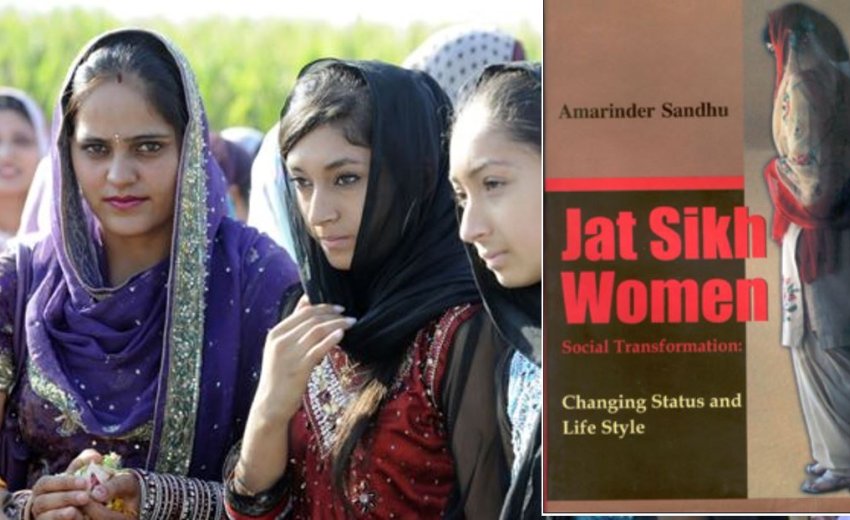 PUNJAB has been one of the most developed states of India. Though education, economy and modernisation have gone hand in hand, there are some areas where the state lacks. It is a male-dominated society where preference for a male heir is rooted deep in the psyche of the men and women alike. There have been many studies that have probed into the various facets of Punjab. But a majority of these have focused on the patriarchal society, ignoring the women, especially the Jat Sikh women.
PUNJAB has been one of the most developed states of India. Though education, economy and modernisation have gone hand in hand, there are some areas where the state lacks. It is a male-dominated society where preference for a male heir is rooted deep in the psyche of the men and women alike. There have been many studies that have probed into the various facets of Punjab. But a majority of these have focused on the patriarchal society, ignoring the women, especially the Jat Sikh women.
Amarinder Sandhu has filled this lacuna by concentrating on the Jat Sikh women in her work in question. She writes: "Post-Green Revolution Punjab shows a complex interaction of socio-cultural traditions and economic change. It is in this context that a study about transformation in Punjabi rural life becomes important and relevant, particularly the changing status and lifestyle of rural Jat Sikh women. The withdrawal of these women from production activities to status-oriented inward roles constitutes the very essence of this transformation."
This is her Ph.D. dissertation that has been thoughtfully converted into a book. She has based her study on respondents residing in two villages — Harike in Tarantaran district and Lakhewali in Sri Muktsar district. She chose to study the women of the Jat Sikh community because, as a caste, the Jat Sikhs dominate the countryside. Though the caste system is waning, it still guides the people in their daily lives. In the urban areas, there is no single caste that exercises the same kind of dominance. Moreover, the maximum impact of the Green Revolution has been in the rural areas and that too in the Malwa belt. The Green Revolution transformed agriculture in Punjab, which led to a change in the lifestyle of the people. This meant more disposable incomes for the Jat Sikhs who had the ownership and control of land. How did their women benefit?
The women, the writer contends, have a say in the household affairs, but it is the writ of the men that is clearly visible. The women are left free to run homes but the men set the rules and limits in the house. The Jat Sikh women may be dominated by their men but within the house and among the women, in a majority of the households, the hierarchy of roles is a major issue that also leads to acrimony in the households. The writer quotes Pettigrew: "Describing the alliance between a man and his mother on one hand, and that of his wife on the other, a man’s duties and responsibilities and sometimes also his affective ties, are primarily to his brothers and sisters and to his mother."
A woman consolidates her position in her marital home only after she is blessed with her own male children. Her sons are the source of any influence and power she has in the household, and in time they become her supporters in the struggle for power within the family.
This and many other factors like dowry, inheritance of land, lead to the evil of female infanticide and preference for a male heir. Sandhu finds out during her research that with awakening among the people, education among the girls is on the rise. There is a great change in the thinking between the first-generation respondents and the third-generation respondents. The former led lives that were confined in the house while the latter take liberty to charter their lives to quite an extent. The daughters-in-law can now move around unescorted but the rules remain the same for the daughters of the families that existed some 20 years back, especially if the daughter is unmarried.
Sandhu further distinguishes between the Jat Sikh women in the Malwa and Majha areas. She finds out that the quantity of dowry in the Majha area is lesser as compared to the Malwa region where the dowry is elaborate. She also raises the question of inheritance by the daughters.
The book shows how the Jat Sikh women play a silent but a very major role in the society of Punjab. The writer has researched extensively on the subject and has made it further interesting by quoting popular songs from the folklore. The interviews with the respondents, the common village women, offer insights into their mundane lives and they are who make the best out of it. More should be written about women in a feudal setting and Sandhu has done a fine job.
Unistar. Pages 152. Rs 295
